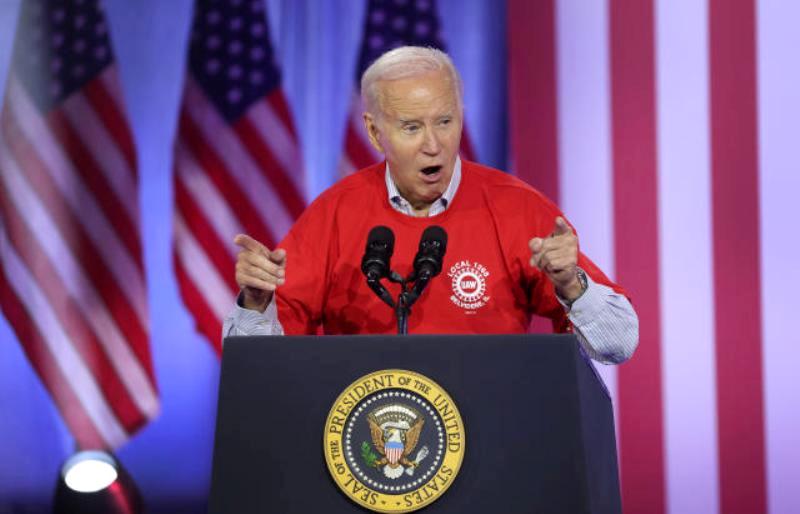They are the backbone of the nation, but they rarely get to tell their own stories. They are the working-class Americans, who make up more than half of the workforce, but have little voice in the media or politics. They are the ones who will shape the outcome of the 2024 presidential and congressional elections, but what do they really think and want?
We want to hear from them directly. If you are a working-class American, defined as someone who does not have a college degree and earns an hourly wage, please take our survey. Working-class Americans: Tell us what you want. We will share your views and opinions in a future article.
For a long time, working-class Americans were loyal to the Democratic Party, which championed their interests and rights. As George Packer wrote in the Atlantic, the New Deal of Franklin Roosevelt in the 1930s helped millions of ordinary workers achieve the American dream of a decent life and a secure future.
But things changed in the last four decades. The gap between the rich and the poor widened, as unions and factories declined and global competition increased. The political parties also changed. The Democrats became more aligned with the urban and educated elites, while the Republicans attracted more support from the rural and blue-collar voters.
This shift was evident in the last two presidential elections. Barack Obama, a Democrat, won the majority of the non-college-educated vote in 2008 and 2012, beating his Republican rivals. But Donald Trump, a Republican, reversed that trend, appealing to the white working-class voters who felt left behind and forgotten. Trump won the working-class vote in 2016 and 2020, defeating Hillary Clinton and Joe Biden, respectively.

Biden, who claims to be a son of the working class and the “most pro-union president in American history”, has tried to win back the working-class voters by promoting and signing laws that benefit union jobs. He even joined striking workers on a picket line in Michigan last September, hoping to sway the voters in the key Midwestern states.
But Biden’s efforts have not paid off. According to the latest Gallup poll, Biden’s approval rating among the working-class voters is only 35%, six points lower than his overall rating. Trump, who is likely to run against Biden again in 2024, has a 50% approval rating among the working class, eight points higher than his overall rating. If these numbers hold until the Election Day, Biden’s performance among the working-class voters would be the worst of any Democrat in recent history.
Biden does have an advantage among the college-educated voters, with 53% approval, while only 26% of that group approve of Trump. That’s a big advantage for Biden, but not a decisive one. Only 38% of American workers have a college degree, while 62% don’t. So it’s better to be popular among the larger group of voters than the smaller one. The challenge for Trump is to get the working-class voters to turn out and vote for him, while the challenge for Biden is to win back their trust and support.
Diverse and Divided Working-Class Voters in 2024
The working-class voters are a crucial segment of the American electorate, but they are not happy with President Biden’s economic policies. They are suffering from high inflation, especially in food and rent, while the wealthy homeowners enjoy low interest rates and stable prices. They are also disillusioned with the Democratic Party’s cultural agenda, which they perceive as too radical and alienating.
But the working-class voters are not a homogeneous group that shares the same interests and preferences. They have different backgrounds, occupations, and lifestyles, and they work in various industries and sectors. They are not all loyal to the Republican Party either, which has its own challenges and contradictions. They are a diverse and divided group, and they will not be easily swayed by any political party or candidate in 2024.

Leave a Reply